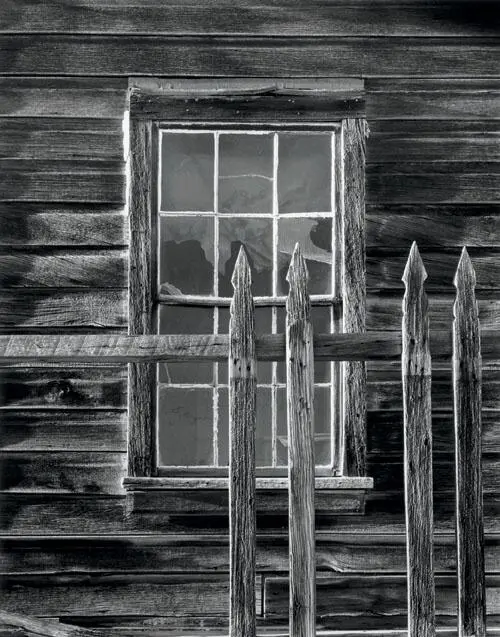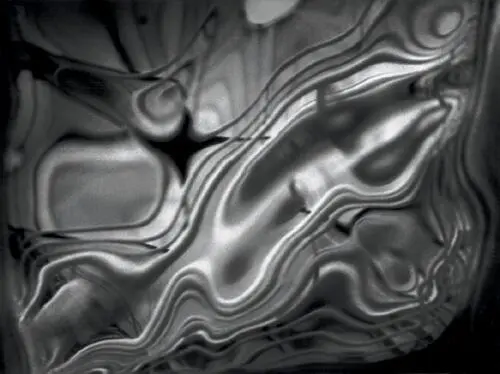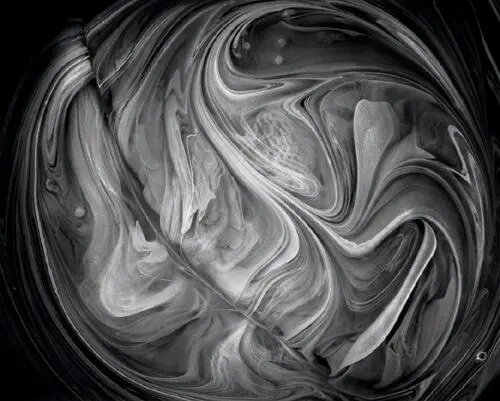Bruce Barnbaum - The Art of Photography - An Approach to Personal Expression
Здесь есть возможность читать онлайн «Bruce Barnbaum - The Art of Photography - An Approach to Personal Expression» весь текст электронной книги совершенно бесплатно (целиком полную версию без сокращений). В некоторых случаях можно слушать аудио, скачать через торрент в формате fb2 и присутствует краткое содержание. Жанр: Старинная литература, на английском языке. Описание произведения, (предисловие) а так же отзывы посетителей доступны на портале библиотеки ЛибКат.
- Название:The Art of Photography: An Approach to Personal Expression
- Автор:
- Жанр:
- Год:неизвестен
- ISBN:нет данных
- Рейтинг книги:5 / 5. Голосов: 1
-
Избранное:Добавить в избранное
- Отзывы:
-
Ваша оценка:
- 100
- 1
- 2
- 3
- 4
- 5
The Art of Photography: An Approach to Personal Expression: краткое содержание, описание и аннотация
Предлагаем к чтению аннотацию, описание, краткое содержание или предисловие (зависит от того, что написал сам автор книги «The Art of Photography: An Approach to Personal Expression»). Если вы не нашли необходимую информацию о книге — напишите в комментариях, мы постараемся отыскать её.
The Art of Photography: An Approach to Personal Expression — читать онлайн бесплатно полную книгу (весь текст) целиком
Ниже представлен текст книги, разбитый по страницам. Система сохранения места последней прочитанной страницы, позволяет с удобством читать онлайн бесплатно книгу «The Art of Photography: An Approach to Personal Expression», без необходимости каждый раз заново искать на чём Вы остановились. Поставьте закладку, и сможете в любой момент перейти на страницу, на которой закончили чтение.
Интервал:
Закладка:
I first visited Bodie in 1975 on a field trip during a photography workshop. I was immediately drawn to the weathered wood, decaying interiors with peeling, stained cloth wallpaper, and warped windows. I returned often, each time photographing details of wood and windows, portions of interiors, and other bits of the formerly occupied houses. The photographs were well composed and nicely printed. They had wonderful textures, strong lines and forms, good balance and contrast, and rich tonalities (Figure 15-1).
But over time, I lost interest in these images. I couldn’t explain it; I just knew that they no longer meant much to me.
Over the years I continued to question why my interest in those photographs disappeared. The photographs were design-oriented, emphasizing many of the elements of composition discussed in Chapter 3. They weren’t truly abstract, but they weren’t straight realism, either. They fell into a category that Ansel Adams called “extractions”, a term that he used in place of “abstractions” for small bits or pieces taken from the whole. I realized that wherever they were on the reality/abstraction spectrum was of little consequence. What was lacking was something I’ve previously called “inner conviction”. I was photographing details because I liked their contrasts, textures, lines, forms, balances, etc., but not because the subjects meant very much to me. I didn’t regard them as remnants of a rich or colorful history, or as anything else that could have imparted deeper meaning to them, but solely as present-day objects with compositional attributes.

This is the only image from a decade of photographing Bodie (1975–1985) that I felt had any lasting value. It’s a study of balanced asymmetry and meticulous camera placement. The window is slightly left of center to balance the pickets on the right, while the bright plaster patch at the upper left of the window completes the balance. The tip of the left picket is cradled within the dark portion of the window. The rectangular window spaces vary in size and tonality. Late afternoon sun from the left gives a tangible feeling of light hitting the rail, the pickets, and the house wall .
Figure 15-1. Picket Fence and Window, Bodie

This is one of the most abstract images I’ve ever made. Nobody has figured out what it is (though some may in the future). That alone should qualify it as being abstract. Surely, it doesn’t hit you with the sense of realism and immediate recognition you had when viewing the opening photograph for this chapter .
Figure 15-2. Crystalline Light – Black Star
Yet my questioning led me to thoughts about realism, abstraction, and art in general, and I know that my thoughts are still evolving today, and will continue to change as time goes by. Before delving into those thoughts, I’d like to define each of the terms contained in the chapter title: realism, abstraction, and art. The act of defining these terms is not only difficult, but also fraught with controversy. Just as Chapter 2 started out with a definition of “composition”, I feel that this chapter requires definitions in order to make the thoughts understandable (though not necessarily noncontroversial).
Realismis defined in my dictionary as an artistic representation felt to be visually accurate. It also is defined as an inclination toward literal truth and pragmatism.
Abstractionseems a bit more difficult to define. The dictionary refers to it as the act or process of separating the inherent qualities or properties of something from the actual physical object or concept to which they belong. Furthermore, the term abstract has several definitions. One states that it is a genre of art whose content depends solely on intrinsic form. Another states that something abstract is not easily understood or recognizable.

This image is similar to Figure 15-2 in its abstract mysteriousness. Though it may be difficult to determine the subject matter, does it hold your interest? Or, do you simply find the image meaningless or uninteresting? Abstraction allows numerous interpretations, many of which may be totally incorrect but fully satisfactory to the viewer .
Figure 15-3. The Crystal Ball
Surely there is a clear difference between realism and abstraction that emerges from these definitions. Realism deals with concrete objects in a recognizable, straightforward manner, whereas abstraction deals with the form or qualities of the object in a manner that may not be recognizable or understood (Figure 15-2 and Figure 15-3).
My photographs from Bodie were recognizably wood, window reflections, peeling wallpaper, etc., so they couldn’t be defined as abstract. They were visually accurate representations of the subjects, so they were close to realism; but they presented only bits of the scene, so they might have been slightly separated from pure realism. I was striving for something that went beyond reality, and for a while I believed I had achieved it. Slowly I came to recognize that an extraction of reality was not an abstraction, nor was it necessarily art. (I should also mention that I disagree with Ansel’s use of the word extract in place of abstract, for every photograph is an extract. There’s always more! You choose the part you want because you feel it’s cohesive, not because it’s “complete” in any real sense.)
Artis almost impossible to define, and any definition is controversial. Perhaps it’s akin to defining love. And perhaps the best thoughts about defining love (which apply equally to art) were penned by Oscar Hammerstein in the words to “Some Enchanted Evening” from the musical South Pacific:
Who can explain it?
Who can tell you why?
Fools give you reasons,
Wise men never try.
Undaunted by such sage advice, let’s try. Most definitions of art are either too broad or too narrow. Furthermore, we all have our own definitions that further complicate the process. The dictionary I consulted has a number of definitions that distill down to the following: the conscious production of, or arrangement of, sounds, colors, forms, movements, or other elements in a manner that affects the sense of beauty. Or, alternately, the human creation of something that has form and beauty.
The dictionaries I referred to all used the word beauty several times in their definitions of art. I agree, for the most part, though I wonder if Picasso’s painting Guernica could be considered beautiful, though it surely is fine art to my way of thinking. I do feel that beauty is a part of art—a major part—and even Guernica has many touches of beauty, though its message is one of overwhelming terror, anguish, and pain. In contrast to Guernica, much so-called art produced today appears to be based purely on shock value, bearing few meaningful thoughts and fewer concessions to beauty.
Perhaps we could broadly call art an exploration or inquiry into our world, our emotions, and our fantasies. We could call it the creation of forms that express human feelings. Beauty is not central to these definitions, nor is it even required. These attempts at defining art allow each person to set his or her own limits.
Читать дальшеИнтервал:
Закладка:
Похожие книги на «The Art of Photography: An Approach to Personal Expression»
Представляем Вашему вниманию похожие книги на «The Art of Photography: An Approach to Personal Expression» списком для выбора. Мы отобрали схожую по названию и смыслу литературу в надежде предоставить читателям больше вариантов отыскать новые, интересные, ещё непрочитанные произведения.
Обсуждение, отзывы о книге «The Art of Photography: An Approach to Personal Expression» и просто собственные мнения читателей. Оставьте ваши комментарии, напишите, что Вы думаете о произведении, его смысле или главных героях. Укажите что конкретно понравилось, а что нет, и почему Вы так считаете.












